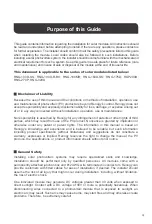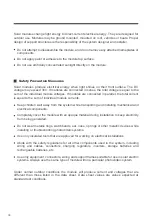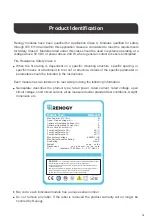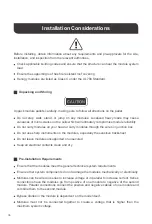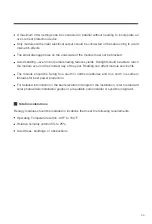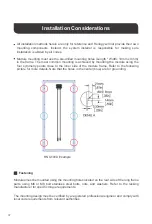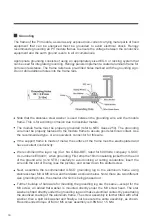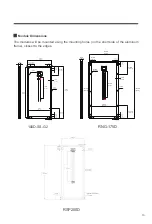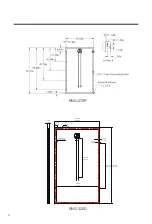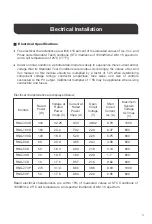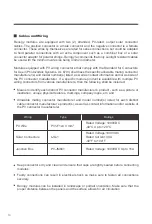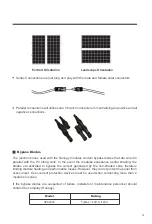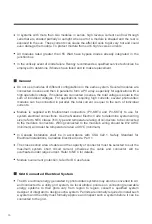
03
Safety Precaution Measures
Solar modules change light energy to direct-current electrical energy. They are designed for
outdoor use. Modules may be ground mounted, mounted on roof, vehicles or boats. Proper
design of support structures is the responsibility of the system designer and installer.
Under normal outdoor conditions the module will produce current and voltages that are
different than those listed in the data sheet. Data sheet values are values expected at
standard test conditions.
Solar modules produce electrical energy when light shines on their front surface. The DC
voltage may exceed 30V. If modules are connected in series, the total voltage is equal to the
sum of the individual module voltages. If modules are connected in parallel, the total current
is equal to the sum of individual module currents.
Keep children well away from the system while transporting and installing mechanical and
electrical components.
Completely cover the module with an opaque material during installation to keep electricity
from being generated.
Do not attempt to disassemble the module, and do not remove any attached nameplates or
components.
Do not apply paint or adhesive to the module top surface.
Do not use artificially concentrated sunlight directly on the module.
Do not wear metallic rings, watchbands, ear, nose, lip rings or other metallic devices while
installing or troubleshooting photovoltaic systems.
Use only insulated tools that are approved for working on electrical installations.
Abide with the safety regulations for all other components used in the system, including
wiring and cables, connectors, charging regulators, inverters, storage batteries and
rechargeable batteries, etc.
Use only equipment, connectors, wiring and support frames suitable for use in solar electric
systems. Always use the same type of module within a particular photovoltaic system.



